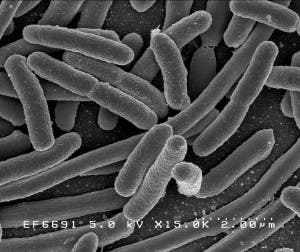
Researchers took E. Coli, a rather common bacteria, and numerous others, and spun them in a centrifuge at maximum speed, which created a force of 400.000 g’s; anything over 50 g’s would kill humans. They not only survived this extreme experience, but also thrived and multiplied. So this could prove to be very important for astrobiology, proving that bacteria can actually survive in huge planets with a gravitational pull much larger than Earth, which was previously thought to be impossible.
They say that you don’t have to be big to be tough – and these little critters prove just that; it’s their small size that makes all the difference in this case, because if they were bigger, they wouldn’t be able to resist in such hypergravity.






